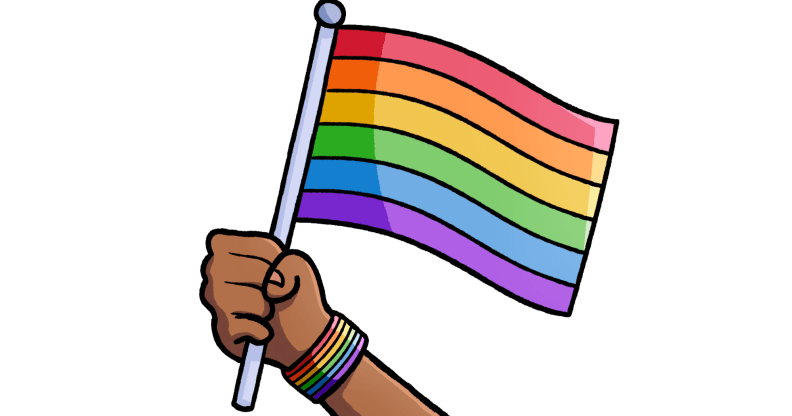Thousands gather in Dublin for marriage equality march

The fourth Irish March for Marriage took place in Dublin city centre yesterday afternoon. Thousands gathered for a lively demonstration calling for the country to introduce marriage equality.
Organised by Irish gay rights group LGBT Noise, the one of the march’s key aims was to raise awareness of the discrimination affecting same-sex partners and their children. The march, which began at Dublin City Hall before proceeding to the Department of Justice on St Stephen’s Green made a stop-off at Leinster House, where campaigners produced a cardboard cut-out of Taoiseach Enda Kenny and called on the Fine Gael leader to publicly support marriage equality. It has been two years since the country’s civil partnerships system was signed into law.
The parade included samba bands, rainbow banners and placards variously stating “First class taxpayer, second class citizen”, “Jesus had two dads – and he turned out fine!” and “Trans rights are human rights”.
The Irish government has announced that marriage equality will be dealt with through the constitutional convention process, which is to begin later this year. However, Anna McCarthy of LGBT Noise told marchers that it will likely take another 18 months before this process is completed: “Marriage equality could be legislated for tomorrow, if there was the political will to do so. A number of eminent lawyers have publicly stated that a referendum is not necessary. Nowhere in our Constitution is marriage defined as being between a man and a woman.”
Ruth Illingworth, Fine Gael deputy leader of Mullingar town council and the self-proclaimed first openly gay council leader, said she believed the majority of the party supported marriage equality: “I believe the Taoiseach, minister for justice and others are moving towards the idea of full marriage equality, and it’s only a matter of when it happens,”
Two marchers in their twenties told the Irish Times that they believed marriage equality really was the “key civil rights issue of our time.”
It is estimated that the march drew around 6,000 supporters

